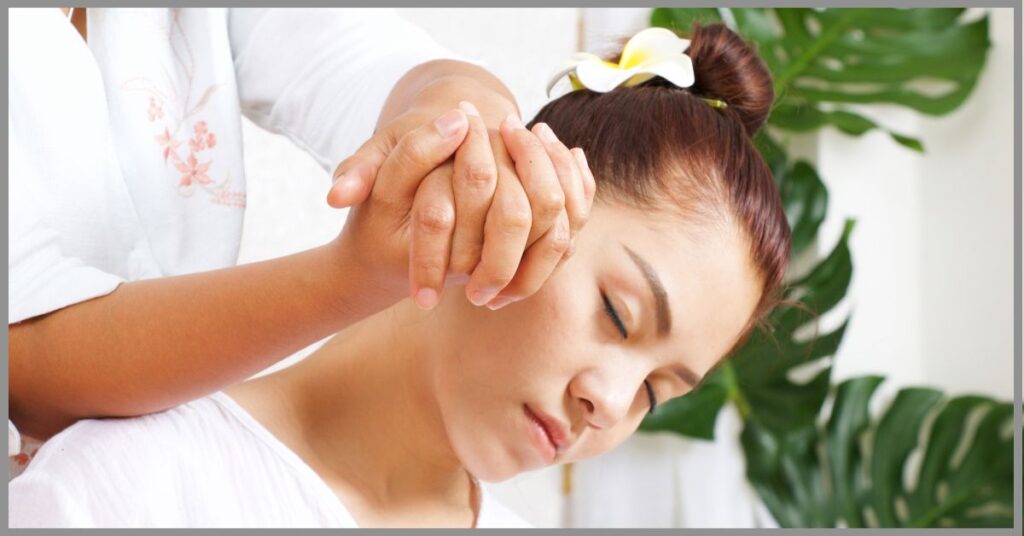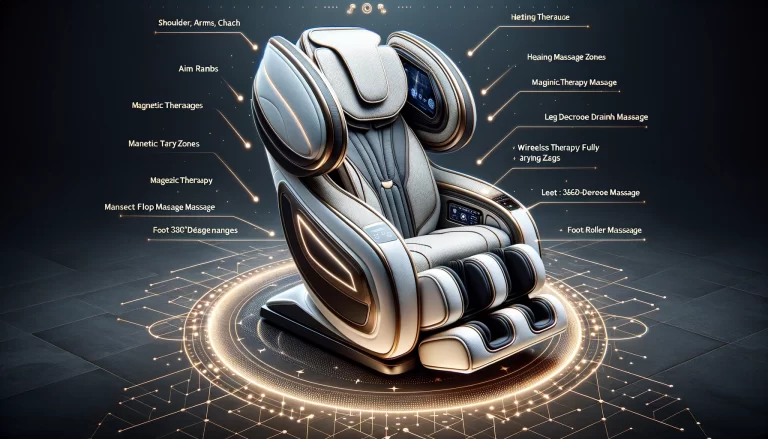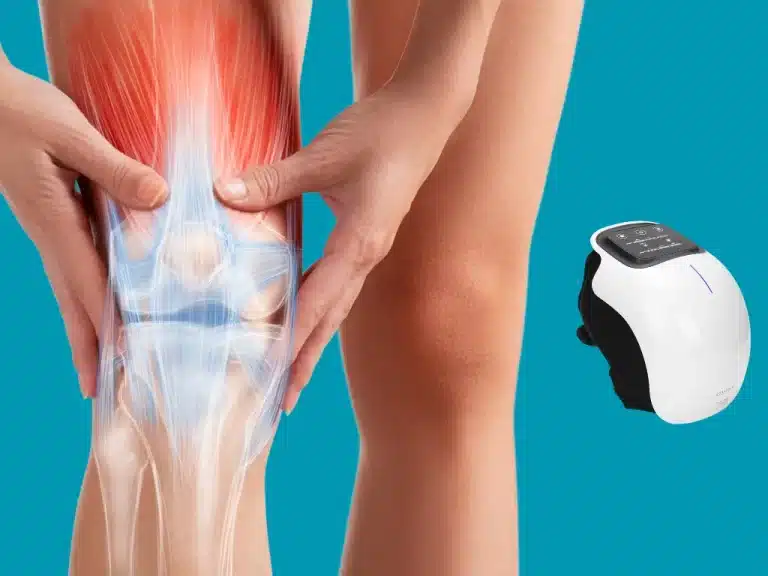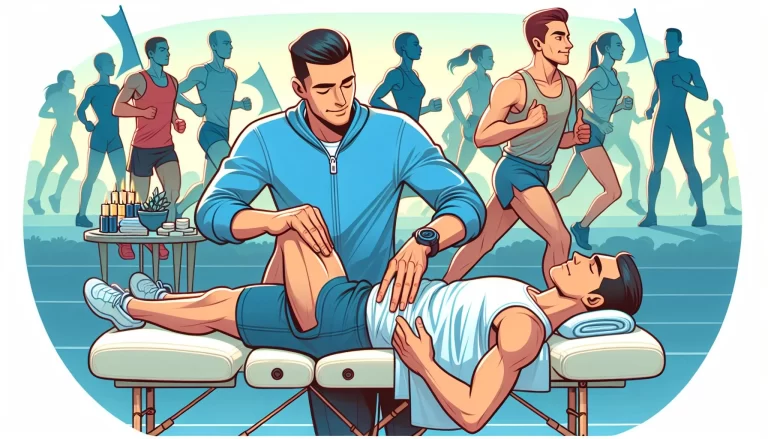The Guide to Spiritual Side of Thai Massage
Discover the spiritual side of Thai massage and its ancient roots. Explore the benefits of this holistic healing practice that combines physical therapy with meditation and learn how it can promote the wellness of the body, mind, and spirit.
Thai Massage and Spirituality
Thai massage is more than just a physical practice – it is also a form of meditation. The therapist uses their hands, feet, elbows, and knees to apply pressure to specific points on the body, focusing on the energy lines, or Sen. This focus on the Sen helps to balance the body’s energy and promotes a deep sense of relaxation.
In addition to balancing energy, Thai massage can also help to cultivate a sense of mindfulness. During a session, the therapist and the client remain present and focused on the present moment. This presence can help quiet the mind and promote a deep understanding of calm.
The therapist’s role is also essential in facilitating a spiritual experience during Thai massage. The therapist should be knowledgeable about the practice and be able to create a safe and supportive environment for the client.
They should also be able to guide the client in breathing and mindfulness practices, which can deepen the spiritual aspect of the massage.

The Spiritual Side of Thai Massage
Thai massage is a type of bodywork that originated in Thailand over 2,500 years ago. The practice involves applying pressure to specific points on the body along energy lines, known as Sen, to release tension and promote relaxation.
Thai massage is deeply rooted in Buddhist philosophy and is considered a spiritual practice. In this article, we will explore the spiritual aspects of Thai massage and how it can benefit your body and mind.
Check this book to read: Encyclopedia of Thai Massage
Energy Lines in Thai Massage
Energy lines, or Sen, are an essential part of Thai massage. These lines are believed to be channels through which life energy, or Prana, flows through the body. By working on these lines, the therapist can help to balance the body’s energy and promote overall wellness. For more reading about Incorporate into Your Wellness Routine.
The body has ten major energy lines, each corresponding to a different organ or system. The therapist will work on these lines, applying pressure and stretching to release blockages and promote energy’s free flow. By balancing the point in the body, It can help to relieve pain, reduce stress, and improve overall health.
Healing Benefits of Thai Massage
In addition to promoting relaxation and balance, It has several healing benefits. The physical benefits of Thai massage include improved circulation, increased flexibility, and relief from chronic pain. Thai massage can also help reduce stress and anxiety, positively impacting mental and emotional health benefits.
Studies have also shown that Thai massage can aid in the healing process for specific conditions. For example, research has found that Thai massage can help alleviate carpal tunnel syndrome symptoms, lower back pain, and osteoarthritis.
Thai massage encompasses not only physical techniques but also a profound spiritual connection. It combines gentle stretching, rhythmic compressions, and mindful breathing to foster deep relaxation and inner balance.
To delve into the spiritual side of Thai massage and explore other transformative bodywork practices like Lomi Lomi massage, check out this guide on what to wear during a session.
Relaxation through Thai Massage
Thai massage is a deeply relaxing practice that can help to relieve stress and tension in the body. The therapist will use a combination of pressure and stretching to release tension and promote relaxation.
In addition to physical touch, Thai massage emphasizes the importance of breath and mindfulness. By focusing on the breath and remaining present in the moment, the client can deepen their relaxation and experience a profound sense of calm.
To enhance relaxation during a Thai massage, wearing loose, comfortable clothing and communicating any preferences or concerns with the therapist are recommended.
If you’re interested in discovering the power of deep tissue massage therapy, visit this resource to learn more about its benefits and how it can enhance your overall well-being.
Incorporating Spirituality into Your Thai Massage Practice
As a Thai massage practitioner, you can incorporate spirituality into your practice in several ways. One way is to set intentions before each session. You can create a sacred space for healing and promote a deeper connection with your client by placing a choice.
Another way to cultivate a spiritual practice in Thai massage is to incorporate mindfulness and breathwork. By guiding your client in breathing practices and encouraging them to remain present at the moment, you can deepen the spiritual aspect of the massage.
Thai Massage vs Deep Tissue
Thai massage and deep tissue massage are two popular types of massage therapy that can offer various health benefits.
- Thai massage is a traditional therapy that uses pressure, compression, stretching, and passive yoga poses to improve flexibility, relaxation, and circulation.
- Deep tissue massage is a Western technique that uses kneading, friction, and deep pressure to release muscle tension and knots.
The best type of massage for you will depend on your individual needs and preferences.
- Thai massage may be a good option if you are looking for a massage that will help increase flexibility and relaxation.
- Deep tissue massage may be a better choice if you are looking for a massage that will help relieve pain and muscle tension.
NOTE: Talking to your doctor or a massage therapist before getting a massage is always a good idea, especially if you have any health conditions.
Comparison of Thai massage and deep tissue massage in a table:
| Feature | Thai massage | Deep tissue massage |
|---|---|---|
| Origin | Thailand | Western countries |
| Techniques | Pressure, compression, stretching, passive yoga | Kneading, friction, deep pressure |
| Target areas | Whole body | Specific muscle groups |
| Intensity | Light to medium | Medium to firm |
| Benefits | Increased flexibility, relaxation, improved circulation, reduced stress | Pain relief, muscle relaxation, improved range of motion |
| Duration | 60-90 minutes | 60-90 minutes |
| Precautions | Avoid if pregnant, have recent injuries, or have blood clots | Avoid if pregnant, have recent injuries, or have open wounds |
Final Thoughts:
Thai massage is a unique and ancient practice offering physical and spiritual benefits. Thai massage can help promote balance and healing by focusing on the body’s energy lines. Additionally, the mindfulness and breath work involved in the practice can promote a deep sense of relaxation and calm.
By incorporating spirituality into your Thai massage practice, you can deepen your connection with your clients and create a sacred space for healing.
To access additional articles related to Home Relaxation or to read more posts related to this topic, please visit the Massage category.
Common Queries:
Q. What should I expect during a Thai massage session? During a Thai massage session, you can expect to lie on a comfortable mat or table while the therapist applies pressure and stretches to different body parts. The therapist may also guide you in breathing and mindfulness practices to deepen the spiritual aspect of the massage.
Q. Is Thai massage painful? Thai massage can be intense, but it should not be painful. The therapist will work with you to ensure the pressure and stretching are within your comfort level.
Q. What should I wear during a Thai massage session? It is recommended to wear loose, comfortable clothing that allows for easy movement during the massage.
Q. How often should I receive Thai massage? The frequency of Thai massage sessions depends on individual needs and preferences. Some people may benefit from weekly sessions, while others only need monthly or bi-monthly sessions.
Q. Can Thai massage help with specific health conditions? Research has shown that Thai massage can aid in the healing process for certain conditions, such as carpal tunnel syndrome, lower back pain, and osteoarthritis. However, consulting with your healthcare provider before beginning any new treatment or therapy is essential.












